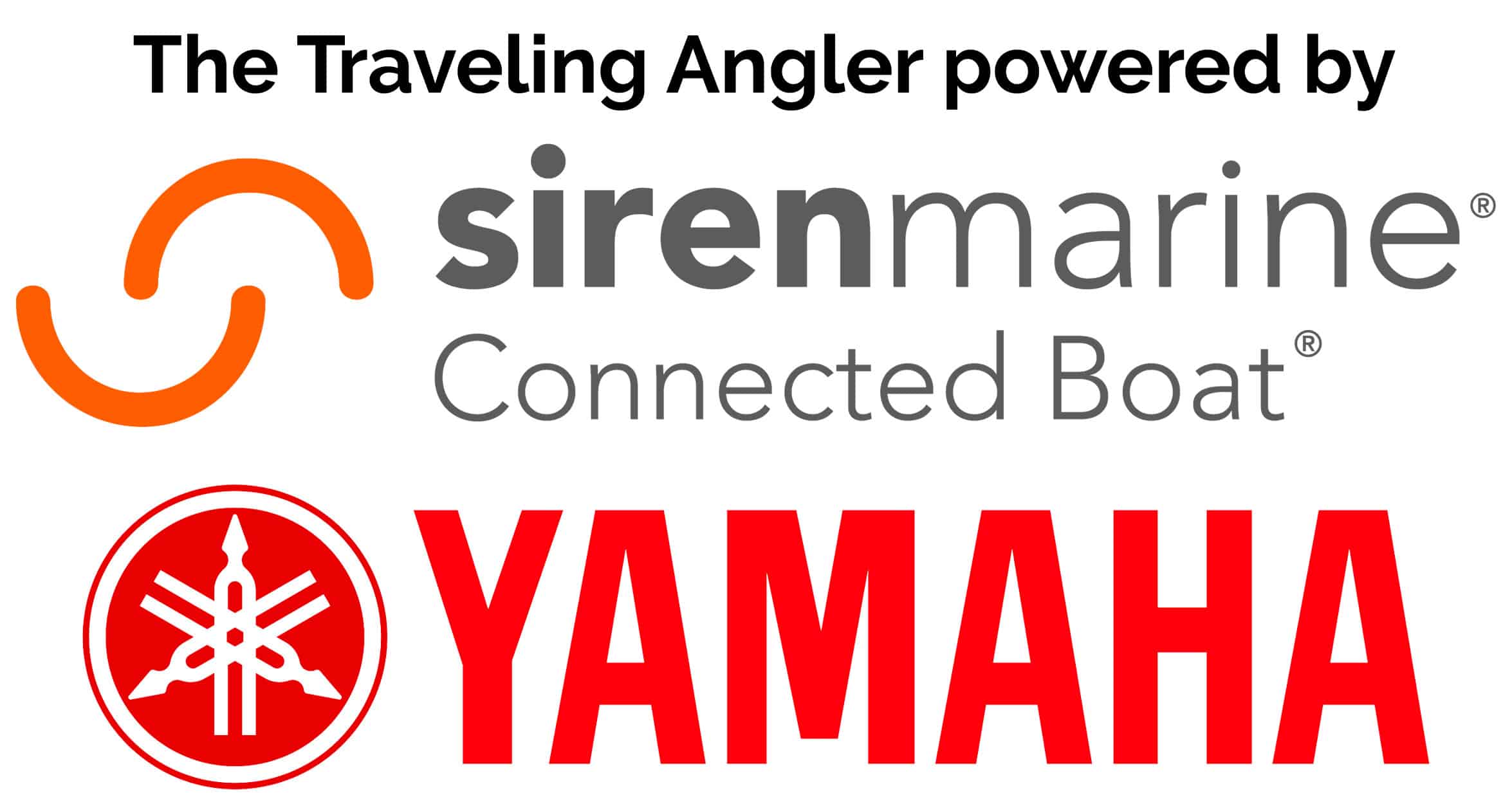
Colombia’s northern coast can justifiably be called one of the best destinations anywhere on the Pacific coast of South and Central America for serious anglers. Not simply hype, that’s based on a number of elements. For one thing, there just seems to be so many fish around offshore and inshore. One contributing factor has to be the Zona Exclusiva de Pesca Artisanal. Nearly 15 years ago, Colombia designated more than 240 square miles of northern coastline (out to 22.5 miles) exclusively for local artisanal — versus large-scale industrial — fishing. Bahia Solano, where Darien Lodge sits, is situated in the midst of this zone. The lack of pressure from nets and longlines has really paid off.
“It seems like there are always yellowfin and mahi around,” says Beto Mejia, with Fish Colombia of Darien Lodge and other fishing resorts. Unlike fishing resorts in many other South and Central American countries, which must make runs of 15 or 20 miles, pelagics are a very short run off the beach. Meija says lodge captains are removing otoliths (ear bones) of yellowfin, recording sex and otherwise gathering data to help scientists track the tunas’ movements.

While black marlin prowl well offshore, sailfish form huge pods in the spring, feeding on shoals of sardines. But again, not the usual 20-mile run that sailfish enthusiasts widely face; these are often within a half-mile of the beach, where anglers sight-cast lures, flies and live baits to them.
The pristine, sandy and rock-strewn coast here offers a wealth of opportunities for nearshore game fish including roosterfish and cubera snapper, as well as African pompano, jacks, mullet snapper, bluefin trevally and Sierra mackerel. Along the shore and in the many estuaries, anglers connect with some impressive snook and orangemouth corvina as well as tarpon — the latter not as an oddity as it once was. Mejia reports seeing baby tarpon in estuaries and assumes the species is indeed breeding here.
Darien Lodge boats have also been targeting grouper and other deep dwellers, dropping baits and jigs into 200 to 800 feet of water just two or three miles out from the lodge, with an abundance of productive spots to fish.

Yet another appealing aspect of fishing this stretch of the Colombian coastline is the lack of competition. Unlike many productive South and Central American areas where dozens of boats head out each morning, Darien Lodge boats have the waters largely to themselves.
The headlines out of Colombia in 2022 seemed to spell doom for the country’s sportfishing industry — ”Colombia bans sport fishing,” and so on. Meija is adamant that the law — driven by urban “fish huggers” — will not stand for long, but more importantly, it has not been a problem. On the coast (versus in the city), people are well aware of the tremendous economic importance of sport fishing, so there’s little effort to enforce such a “backwards” law and no problem finding ways around it. One example is the gathering of scientific data, as Darien Lodge captains are doing, making fishing a research-oriented activity.

Getting to Darien Lodge is straightforward enough, starting with a flight into Medellin’s international airport. From there, airport pickup is provided and takes anglers to the Diez Hotel to overnight. Next morning: A short flight from Medellin to Bahia Solano. For more information, visit fishcolombia.com/darien-lodge.
About that sport fishing ban: Council officers continue to collaborate on addressing the disturbing news from Colombia, whereas previously reported, recreational fishing was declared unconstitutional by the nation’s Constitutional Court on May 2, 2022. Conservation Committee Chairman, Pedro Rodriguez, reports that the law is officially under effect; however, due to pressure from recreational angling groups the Colombian National Aquaculture and Fishing Authority (AUNAP) is working toward a new ruling to make recreational fishing possible. The concept is to turn recreational anglers and industry related businesses into scientific aides assisting on fisheries monitoring. Anglers would then be able to fish and upload information on each catch (fish size, weight, location, etc.) onto a central database to help assist fisheries management agencies. For additional information, including how to get involved, and to get in touch with the Council regarding this matter please contact IGFA Marketing Manager Andy Saldana at asaldana@igfa.org.









